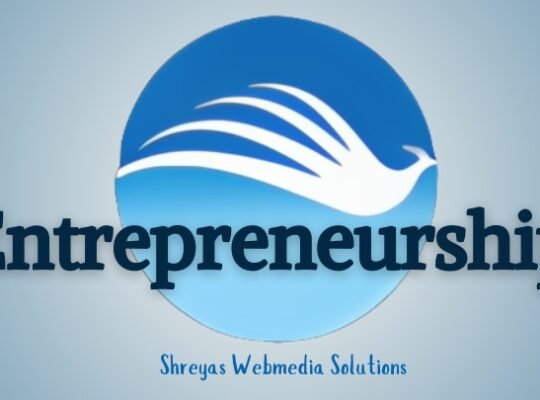11th March: A description of your credentials and experiences is not the only thing your CV contains. To potential employers, it is a narrative that highlights your abilities, accomplishments, and character. Making an impact and differentiating yourself from the competition can be achieved with a properly composed resume. However, what is the process of creating a polished narrative that emphasizes your advantages and benefits? To assist you in creating a strong CV, consider the following advice.
1. Knowing the Difference: First things first, understand the distinction between a resume and a CV. Resumes are generally shorter, one to two pages, focusing on work experience and key skills. CVs, on the other hand, are more detailed documents, typically used in academic or research fields. They showcase your entire professional journey, including in-depth work experience, publications, grants, and awards.
2. Choosing the Right Document:
The type of document you choose depends on your career goals. If you’re targeting industry positions, a resume is likely the way to go. However, if you’re applying for academic or research roles, a CV is more appropriate.
3. Building a Strong Structure:
Some essential sections to consider for both resumes and CVs:
Contact Information: Make it easy for employers to reach you.
Professional Summary (Optional for CVs): A concise overview of your skills and experience. Think of it as your elevator pitch.
Work Experience/Academic History: List your experiences in reverse chronological order. Highlight achievements using strong action verbs and quantifiable results.
Skills: Showcase your technical and soft skills relevant to the job you’re applying for.
Education: Detail your academic background, including degrees, institutions, and relevant coursework.
Additional Sections (Optional): Publications, awards, certifications, volunteer work, and language proficiency can be included depending on their relevance.
4. Tailoring is Key: A generic CV won’t cut it. Customize your document for each job application. Analyze the job description and highlight the skills and experiences that best match their requirements.
5. Showcasing Achievements:
Don’t just list your responsibilities; focus on accomplishments. Use metrics and specific examples to demonstrate the impact you made in previous roles. For instance, instead of just saying “managed social media,” quantify it by saying “Increased social media engagement by 20% through targeted campaigns.”
Additional Tips:
Formatting for Readability: Use a clear and easy-to-read font, maintain consistent spacing, and employ bullet points effectively.
Proofreading is Essential: Typos and grammatical errors can leave a bad impression. Proofread meticulously and consider having someone else review your CV as well.
Keep it Updated: Regularly update your CV as you gain new experiences and skills.
By following these steps and crafting a compelling CV that tells your professional story, you’ll be well on your way to landing that coveted job interview.
By Sujata Muguda Shreyas WebMedia Solutions


